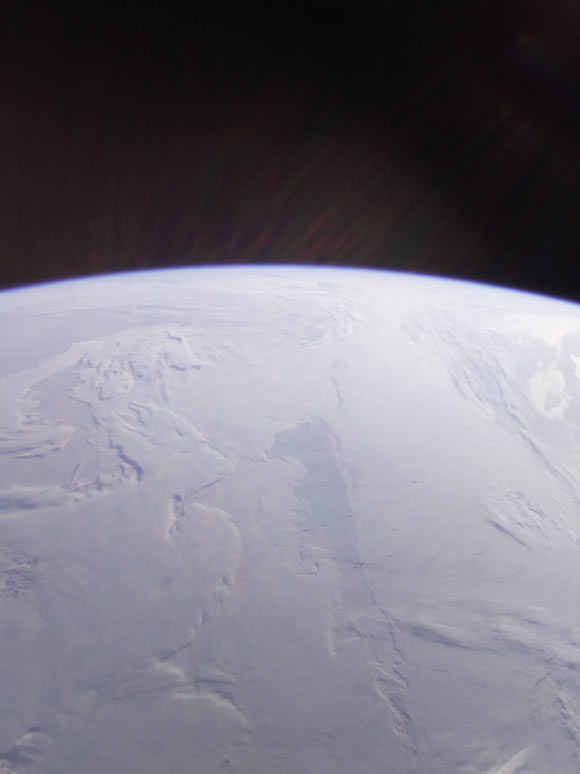Planetary Scientists Create Global Map of Volcanic Hotspots on Io
Io is the most volcanically active body in the Solar System. Io’s volcanoes are powered by both the extreme tides from Jupiter and the gravitational interactions between it and Jupiter’s…











